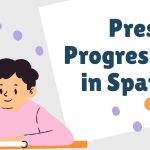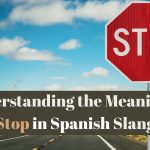Spanish is spoken all over the world. It started spreading from Spain in the late 15th century and now you’ll find Spanish speakers on several continents.
This raises a big question: how do these countries keep their language the same but still hold on to their unique cultures? This question really makes you appreciate how flexible and strong the Spanish language is.
It also opens up a bigger discussion about how languages shape power and relationships across different places.
Overview of Spanish Speaking Countries
Spanish is the main language in 21 different countries, each with its own unique culture and history. These differences have created unique versions of Spanish in each place.
But despite these differences, they all speak Spanish, which affects how they talk both formally and informally.
What are the Main Spanish Speaking Countries?
Mexico, Colombia, Argentina, Venezuela, and Spain have many people who speak Spanish. These countries are important because they shape the Spanish language and culture around the world.
Each one has its own way of speaking Spanish and its own cultural twists. This variety makes the Spanish language rich and diverse.
1. Spain
The birthplace of the Spanish language. It has a deep history shaped by the Moors, Romans, and Catholic kings.
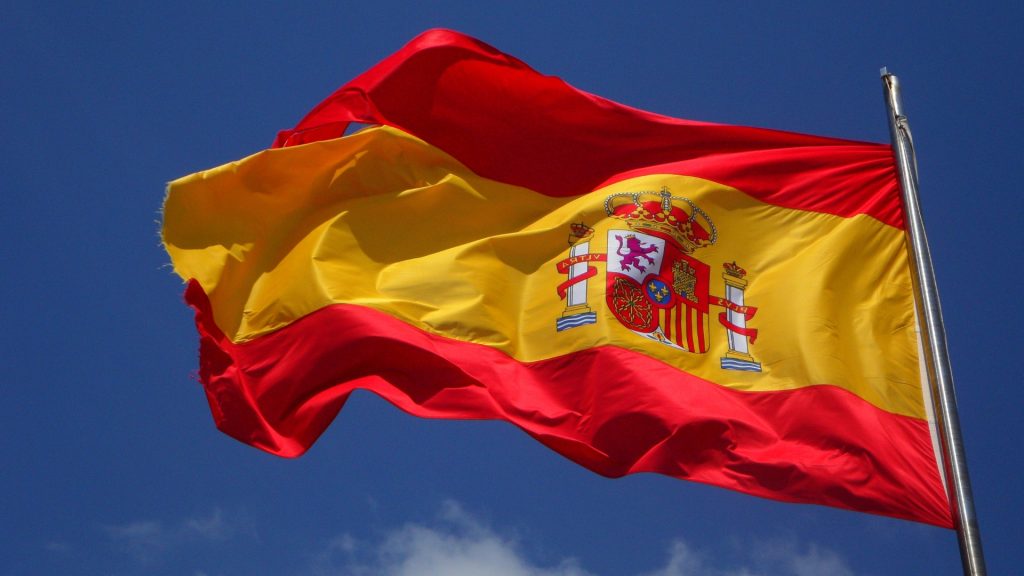
Flamenco, bullfighting, and tapas are part of daily life. Madrid and Barcelona are cultural hubs, while regions like Catalonia and the Basque Country have strong local identities. Spain also influenced Latin America through colonization.
2. Mexico
The most populated Spanish-speaking country. Once home to the Aztecs and Mayans, its history blends indigenous and European cultures.
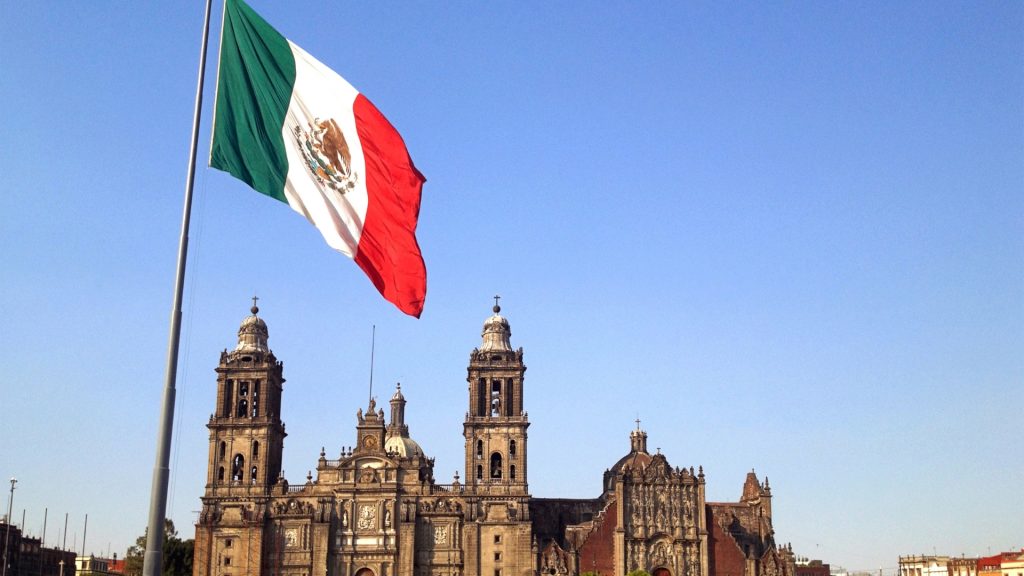
Mexico is famous for its cuisine, including tacos and tamales. It celebrates Día de los Muertos and has a deep love for fútbol and mariachi music. Mexico City is one of the largest cities in the world.
3. Argentina
Known for tango, beef, and world-class fútbol players like Messi and Maradona. Its capital, Buenos Aires, has European-style architecture.
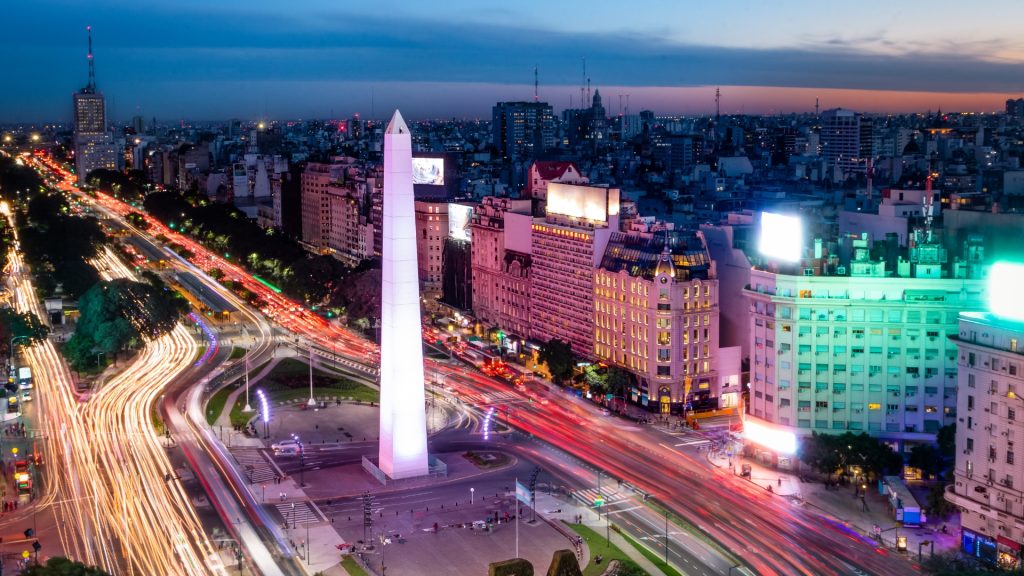
Patagonia in the south offers glaciers and stunning landscapes. Argentina has a history of political struggles, but its culture remains strong. Wine from Mendoza is world-famous.
4. Colombia
A land of diverse geography, from the Andes to the Amazon. Famous for coffee, emeralds, and its cultural heritage, including writer Gabriel García Márquez.
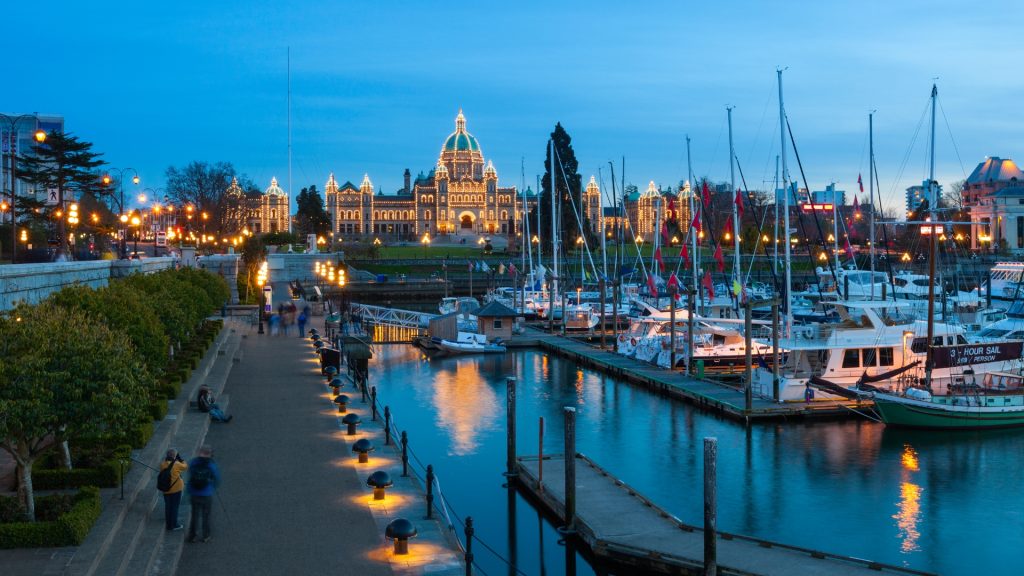
Cartagena offers colonial beauty, while Medellín is a modern tech hub. Colombia has faced drug-related violence but is now a popular tourist destination.
5. Peru
Home to Machu Picchu, an ancient Incan city in the Andes. Lima, the capital, has a mix of colonial and modern influences. Peru has diverse climates, from deserts to the Amazon.
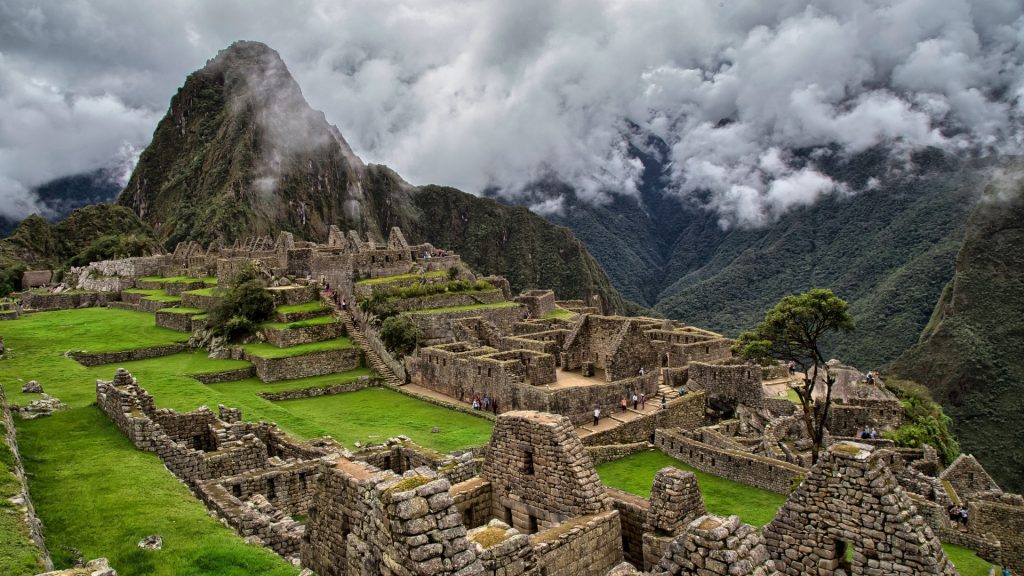
Ceviche, a raw fish dish, is a national favorite. The country has deep indigenous roots, and many still speak Quechua.
6. Chile
A long, narrow country with extreme geography. The Atacama Desert in the north is the driest place on Earth, while Patagonia in the south has glaciers.
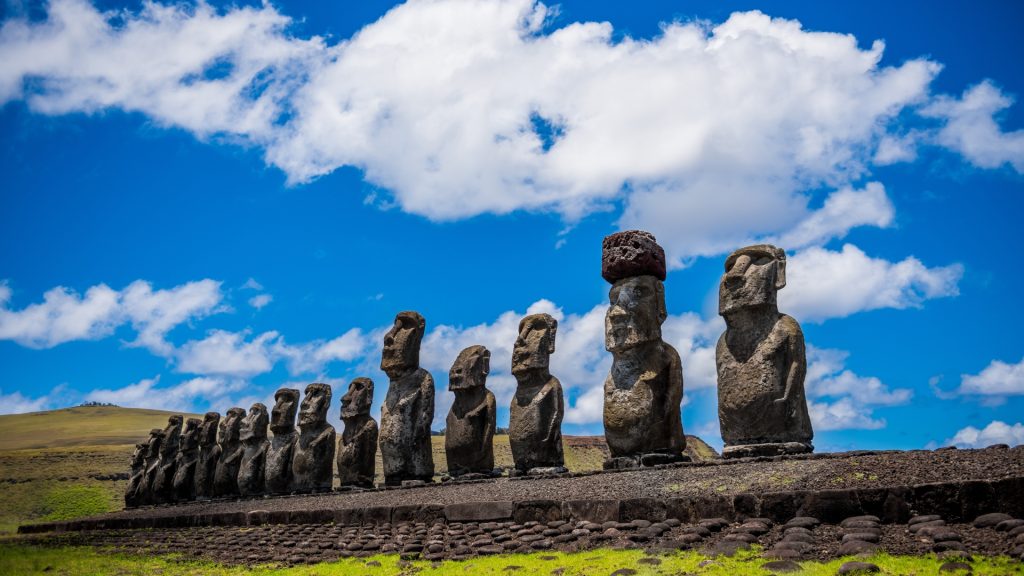
Santiago is a modern city with a strong economy. Chile is known for its wine, poetry (Pablo Neruda), and Easter Island’s mysterious statues.
7. Venezuela
Rich in oil but struggling with economic crisis and political turmoil. It has incredible natural wonders like Angel Falls, the world’s highest waterfall.
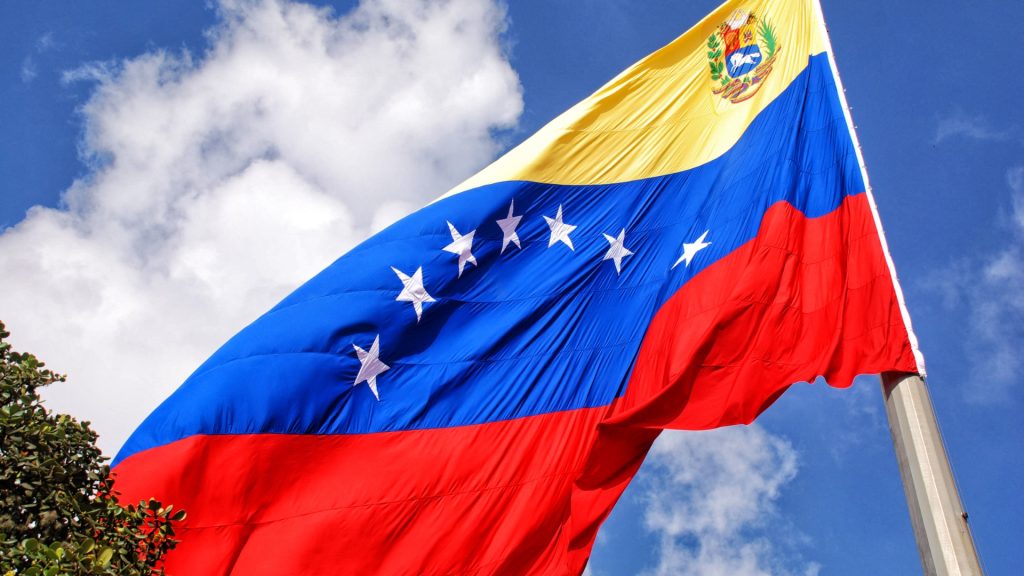
Caracas, the capital, has a troubled history of crime and poverty. Despite challenges, Venezuela remains culturally vibrant, with salsa music and a love for baseball.
8. Ecuador
Straddles the equator and has diverse ecosystems, including the Galápagos Islands, known for unique wildlife. The capital, Quito, is one of the highest in the world and has a well-preserved colonial center.
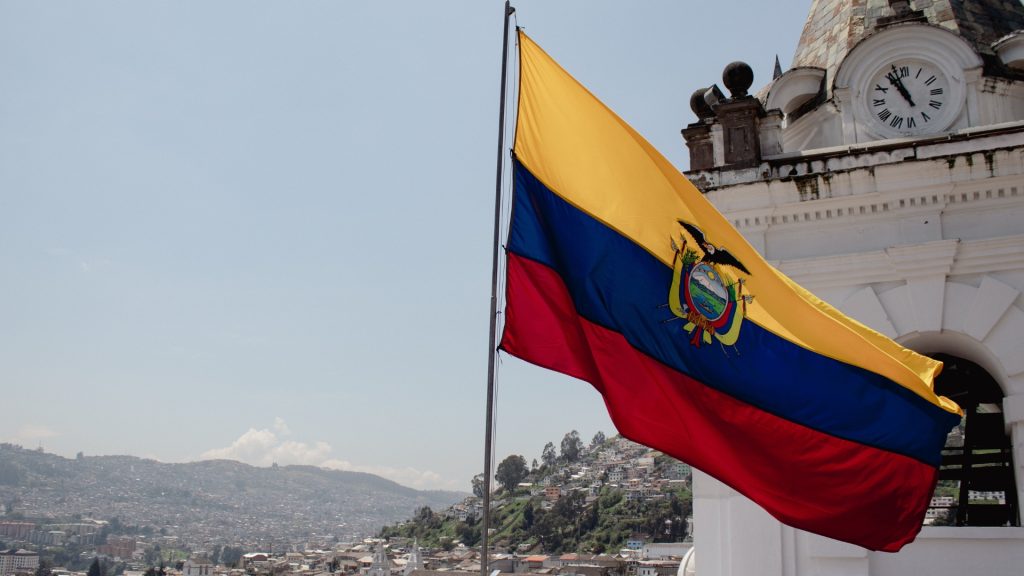
Ecuador’s economy relies on oil, bananas, and tourism. Many indigenous people still speak Quechua and maintain traditional ways of life.
9. Guatemala
Rich in Mayan history, with ruins like Tikal hidden in the jungle. The country has stunning landscapes, from volcanoes to Lake Atitlán.
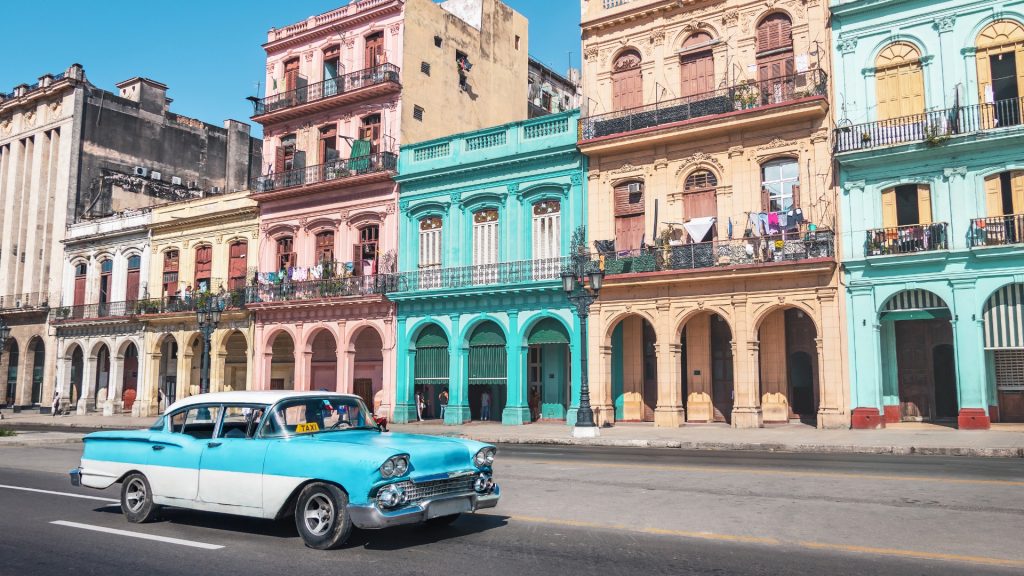
Guatemala has a strong indigenous presence, with many speaking languages like K’iche’. The capital, Guatemala City, is the largest in Central America. The country has struggled with poverty and political instability.
10. Cuba
A communist island with a complex history. Havana, the capital, is famous for colorful buildings, 1950s American cars, and lively music.
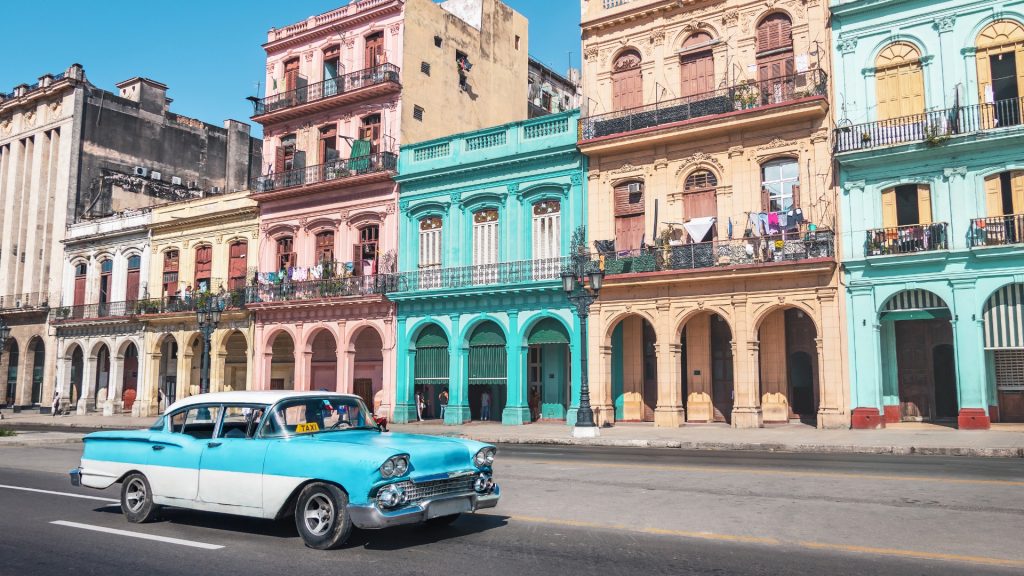
The U.S. embargo has shaped the economy, leading to shortages but also a unique culture of resilience. Salsa, rum, and cigars are central to Cuban identity.
11. Bolivia
A landlocked country with strong indigenous culture. La Paz, its main city, is the highest capital in the world. Bolivia has breathtaking landscapes, including the Salar de Uyuni, the world’s largest salt flats.
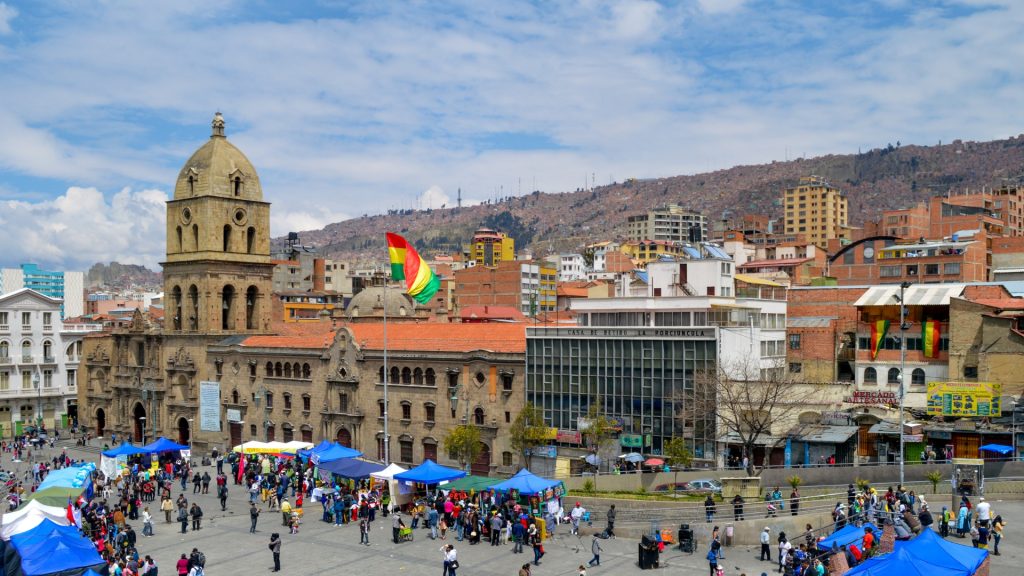
Many people still wear traditional Andean clothing and speak native languages like Aymara and Quechua.
Check out our collection of Funny Spanish Jokes That Will Make You Laugh.
12. Dominican Republic
Shares an island with Haiti and is known for beaches, baseball, and music. Santo Domingo, the capital, was the first European settlement in the Americas. The country has a strong Afro-Caribbean influence. Merengue and bachata are popular dance styles. Tourism is a major part of the economy.
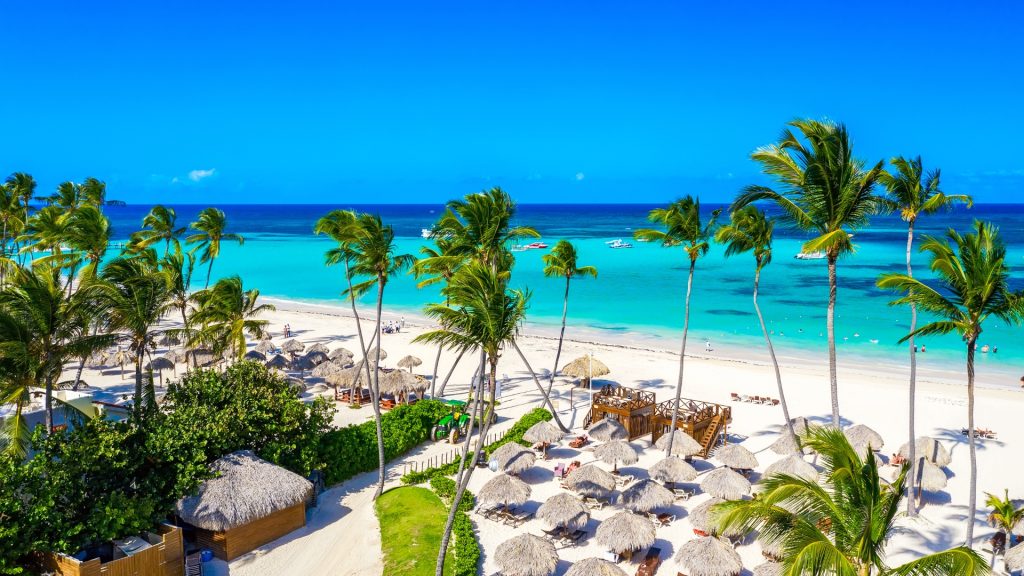
13. Honduras
Known for Mayan ruins like Copán and the second-largest coral reef in the world. It has a mix of rainforests, mountains, and Caribbean beaches.
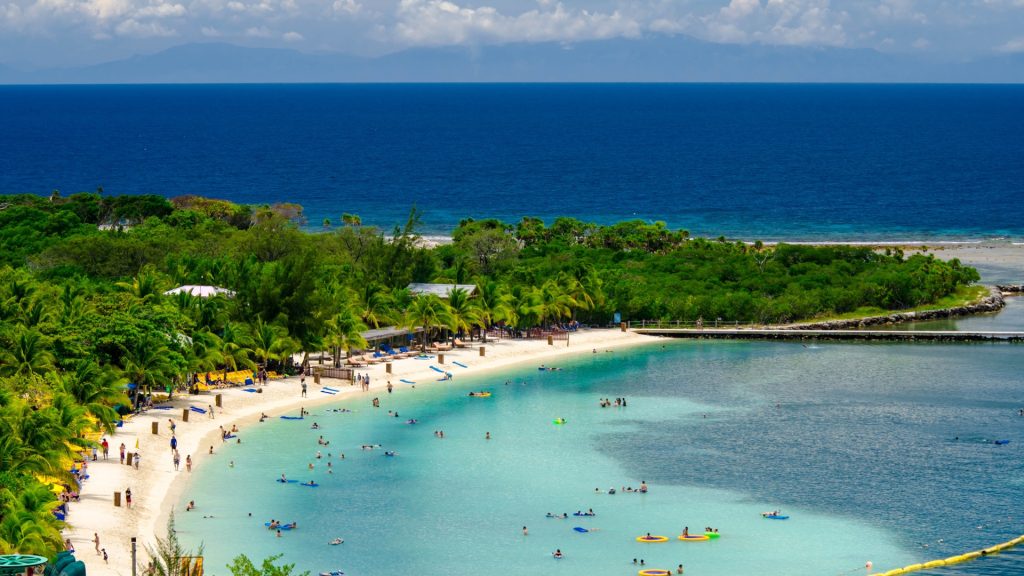
Honduras has high poverty and crime rates, but its natural beauty makes it a hidden gem for travelers. Tegucigalpa, the capital, has Spanish colonial influences.
14. Paraguay
A landlocked country where Spanish and the indigenous Guarani language are both official. It has a rich history of resistance against colonial powers.
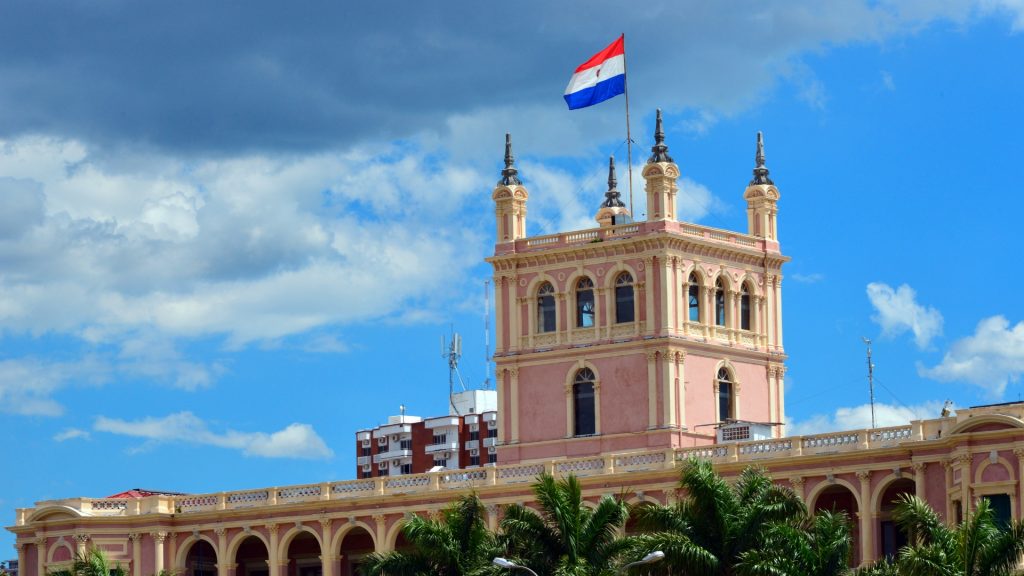
The economy is based on agriculture and hydroelectric power. Paraguay is less visited but has unique traditions, including strong folk music and yerba mate tea culture.
15. El Salvador
The smallest country in Central America, but densely populated. It has Pacific coast beaches perfect for surfing. The country has a history of civil war and gang violence but is slowly recovering.
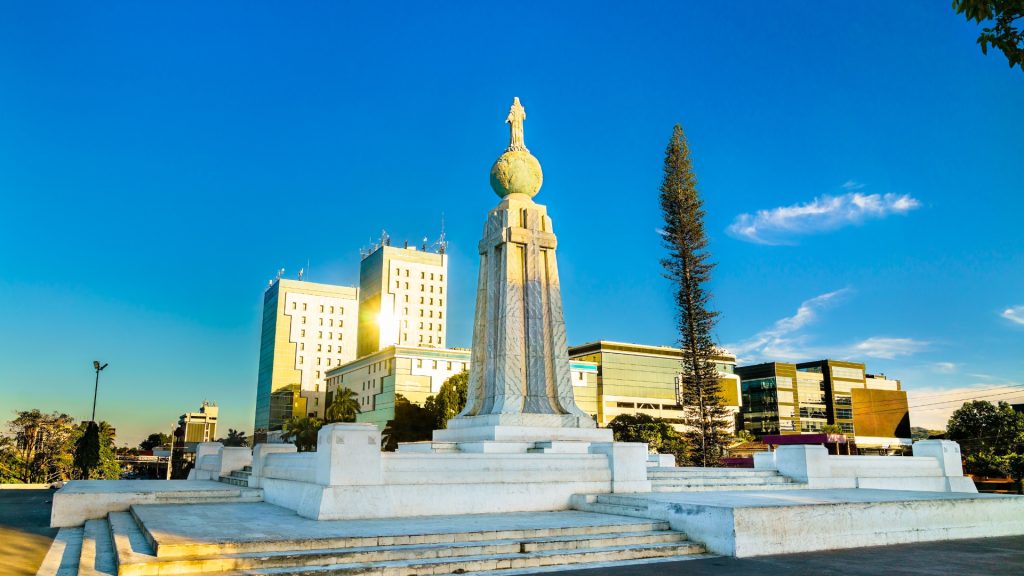
Pupusas, thick corn tortillas filled with cheese and beans, are a national dish. El Salvador uses the U.S. dollar as its currency.
16. Nicaragua
Has a mix of volcanoes, lakes, and colonial cities like Granada and León. It is one of the cheapest places to visit in Central America.
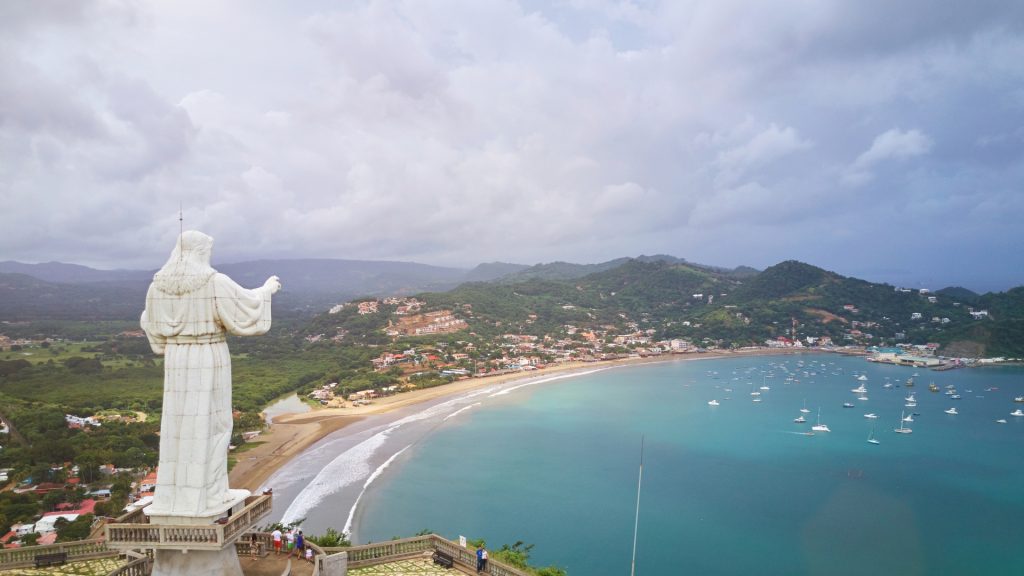
Lake Nicaragua is home to freshwater sharks. The country has experienced political unrest but has a warm and welcoming culture.
17. Costa Rica
A stable and peaceful country with no army since 1948. It is famous for eco-tourism, rainforests, and diverse wildlife. “Pura Vida” is a common phrase meaning “pure life.”
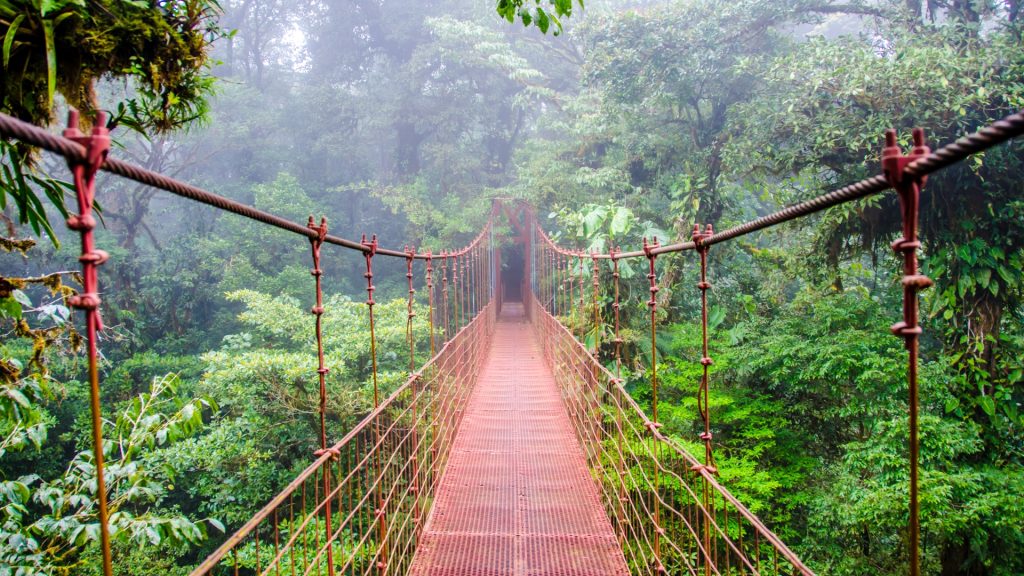
Costa Rica is known for its green energy, coffee production, and excellent quality of life. It attracts many expats.
18. Puerto Rico (U.S. Territory)
A Caribbean island with a strong Spanish heritage, though it belongs to the U.S. Reggaeton music, popularized by artists like Bad Bunny, started here.
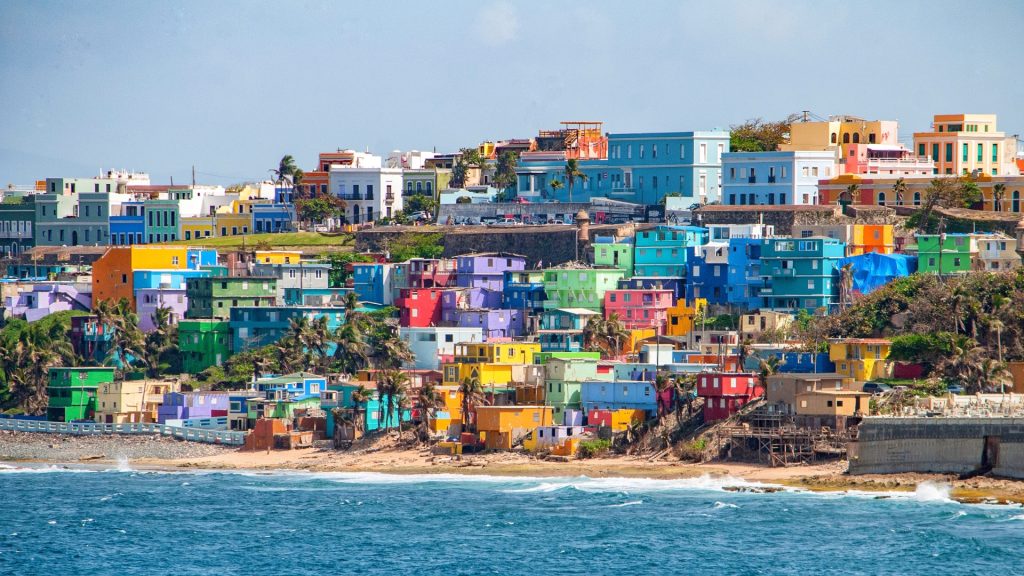
San Juan has historic forts and beautiful beaches. Puerto Ricans are U.S. citizens but cannot vote in presidential elections. The island faces economic struggles.
19. Panama
Best known for the Panama Canal, a key trade route between the Atlantic and Pacific. Panama City is a modern financial hub with a skyline like Miami.
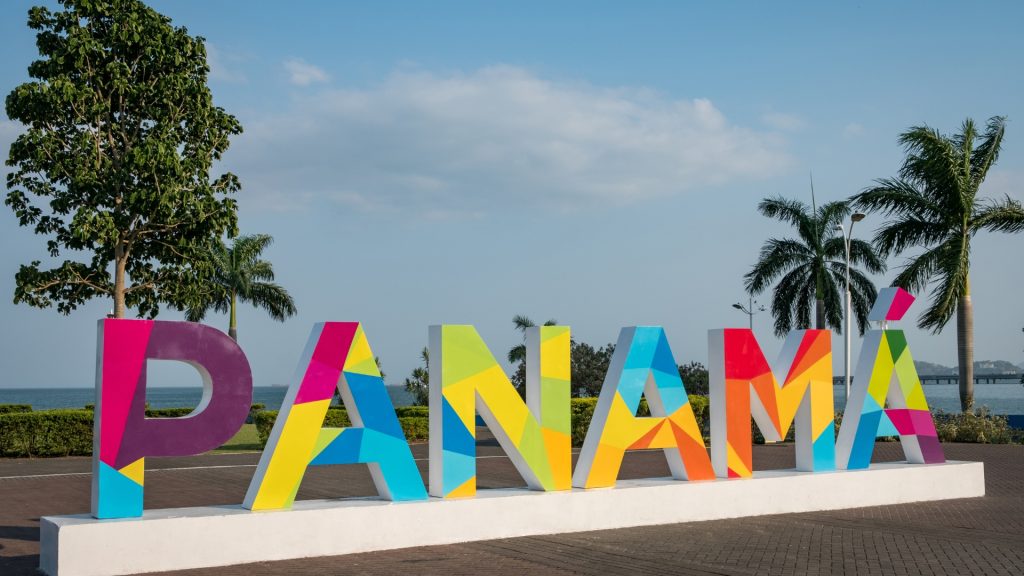
The country has rainforests and indigenous communities. It was once part of Colombia before gaining independence with U.S. help in 1903.
20. Uruguay
One of the most progressive countries in Latin America. It was the first to legalize marijuana and same-sex marriage. Montevideo, the capital, has a relaxed vibe and colonial charm.
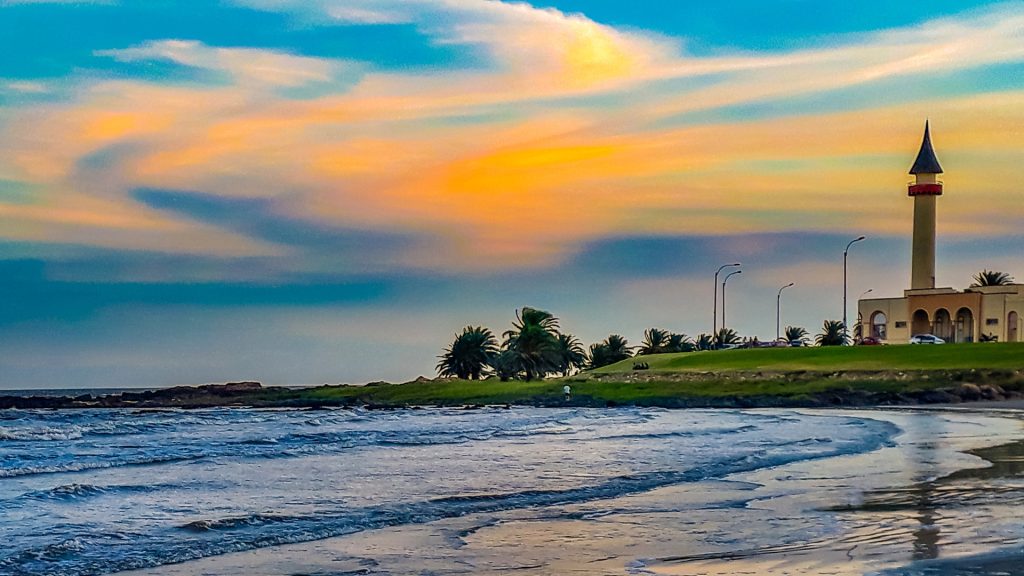
Uruguay has great beaches, a strong democracy, and a love for fútbol. The country is also known for mate tea and beef.
21. Equatorial Guinea (The only Spanish-speaking country in Africa)
A small country on the west coast of Africa. Spanish, French, and Portuguese are official languages. It has oil wealth but high poverty.
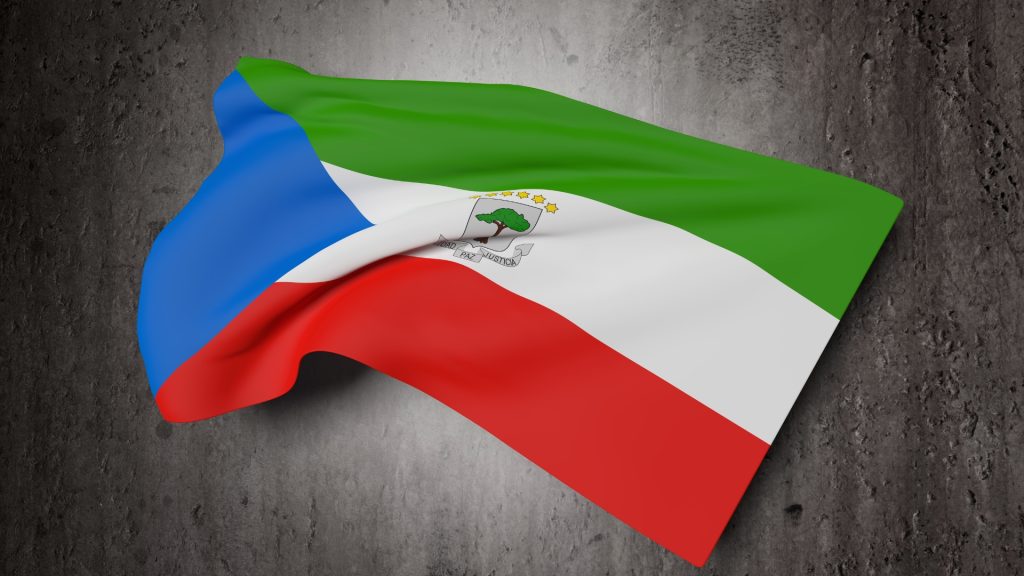
Malabo, the capital, is on an island. The country was a Spanish colony until 1968. Corruption and dictatorship have held back its development.
How Spanish Spread Around the World
Spanish started spreading all over the world mainly during the Age of Exploration. Spain set up colonies far and wide—in the Americas, Asia, and Africa.
Originally called Castilian and spoken in the Iberian Peninsula, Spanish became a major language in many countries because of Spain’s colonial efforts.
The spread of Spanish was driven by trade, religion, and the administration of these colonies, making it a key part of many cultures around the world.
Conclusion
So, let’s wrap it up. Spanish is a big deal in many countries around the world, not just because it started in Spain and spread during the colonial times. It’s actually shaped differently wherever it’s spoken.
Each place has its own way of saying things, its traditions, and ways of life. When you dive into Spanish, you’re not just learning words. You’re getting a peek into a whole bunch of different cultures, each with their own stories and backgrounds.
It’s pretty fascinating how one language ties so many different people together, yet still highlights their unique identities.
Visit Lingua Viva often for more insightful and inspiring reads!
Carolina is a charming and lively member of Lingua Viva with 11+ years of teaching experience. She loves to teach students appropriate ways to communicate effectively in Spanish without the fear of making mistakes. She holds a professional teaching license and has a graduate degree with emphasis in Foreign Language.


